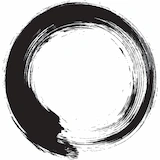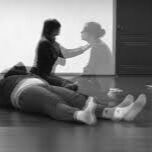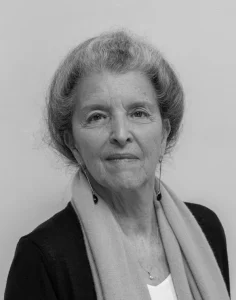Authentic Movement has several approaches, and we are based on Janet Adler’s “Authentic Movement Discipline.”
The roots of this approach to movement trace back to Mary Starks Whitehouse (dancer and teacher, 1911-1979), whose work was described as unbiased, authentic, or “authentic.” Mary referred to her work as “Movement in Depth.” She was a student of the renowned Martha Graham and Mary Wigman, combining their knowledge and experience in Jungian psychology, particularly active imagination, projection, and polarities, with the study of dance and Jung, creating a new embodied exploration, an “approach, orientation” to have the unconscious expressed through movement.
Janet Adler developed this approach into a practice involving a mover and a witness. Her approach focuses on developing an inner witness (both in the mover and the witness) and exploring aspects such as clear seeing, intuition, direct experience, and energetic phenomena.
Practice Format:
In this practice, there are two roles: the Mover and the Witness.
The Mover is a person who closes their eyes and allows their body to move according to their internal impulses, without preplanning or judgment. The Mover’s goal is to explore their internal experience, express emotions and feelings through movement, and sense their body without limitations (except safety rules).
The Witness is a person who observes the Mover and supports them with their attention. The Witness does not make judgments or interpretations but simply observes their own experience and response to the Mover’s movement. They can be a kind of mirror for the Mover, reflecting and supporting their experience without interfering.
After the movement session, the Mover and the Witness gather in a circle for sharing – participants share their experiences, each describing their own sensations, feelings, and images. This allows them to enrich their understanding of their own body and inner world and strengthen the connection between them.


